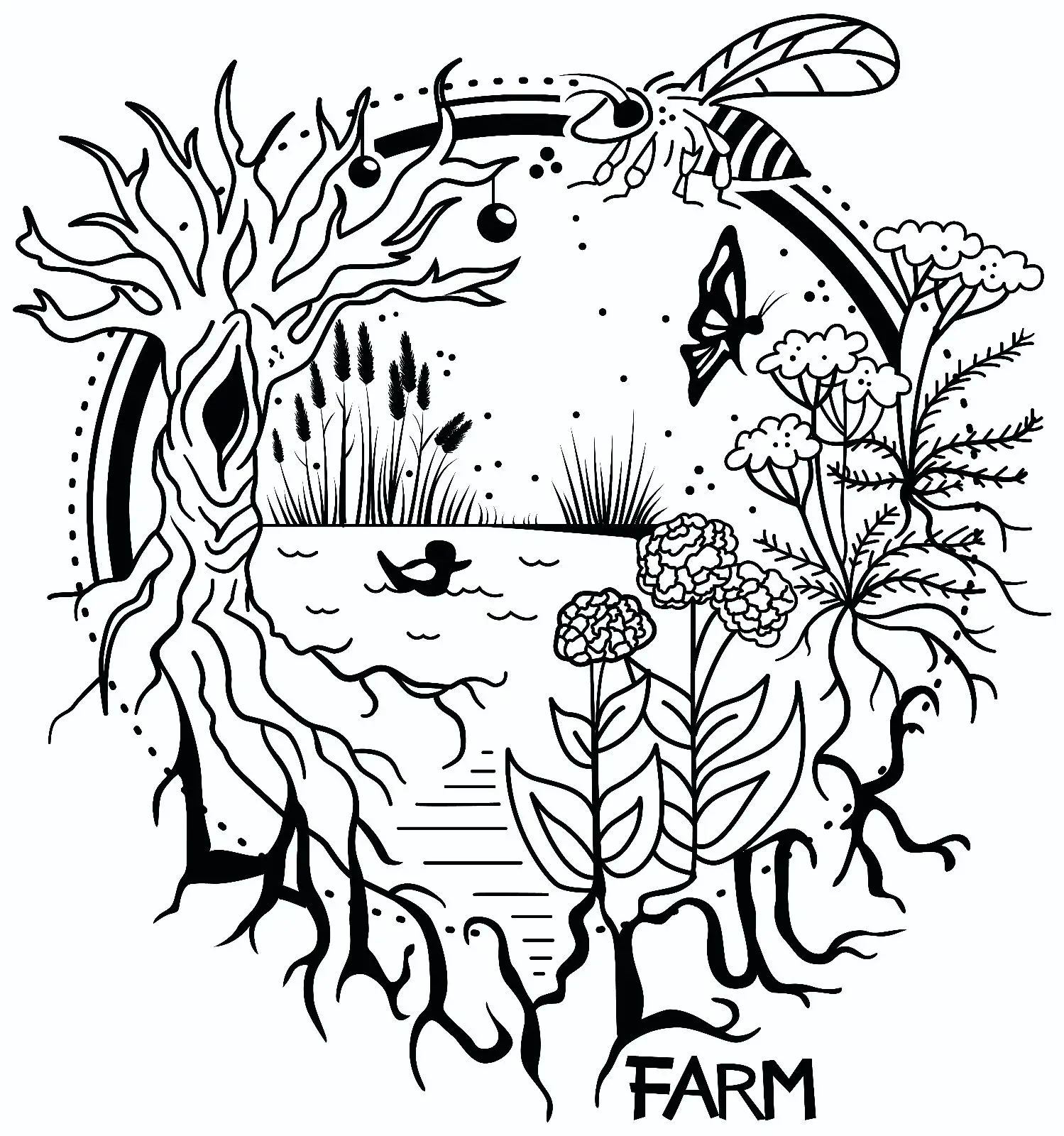You walk into a tea shops and find countless varieties. All those herbal teas: not really tea. They are made from non-tea plants, most of which taste nothing like real tea. Peu-er is probably as close as it gets.
The remaining (real) tea all comes from the same singular specie. Green and black is just a difference in processing of the same plant. White tea is just taking the tips of the tea leaf. All the flavors are just ways we dress it up with additives, or by smoking it (e.g. Russian Earl Gray).
Why the lack of biodiversity? Because no one has genetically modified a tea tree to give us more choice. There are far more tea drinkers in the world than coffee drinkers. That’s ideal b/c coffee has environmental consequences. It also means there should be a huge market for something like a tea tree that is married to a maple tree to give us maple tasting tea, or GMO tea that tastes like coffee.
Technically herbal “tea” should be called a tisane (while herbs steeped in alcohol are a tincture)
Its one of those language things, tea has come to mean steeping stuff in hot water to extract what you want out of the dried matter.
For example gardeners make compost tea; for watering plants, and definitely not for drinking.
Are you saying pu’erh is herbal tea?
For reference, pu’erh is regular Camellia sinensis tea where the leaves are packed into cakes and subjected to a fermentation and aging process.
I did, but I may be wrong. Wikipedia says tea trees are used.
The phrase “tea tree” generally refers to a different plant than Camellia sinensis. “Tea plant” or “tea bush” are what you’re looking for.
Tea is just one Camellia of many. Tea seed oil is used in cosmetics and comes from a different Camellia and ornamental Camellias are common in gardens around the world. Your scope on Camellia doesn’t encompass the breadth of it.
Really proves your point that the one you landed on as “closest” was cheating lmao.
Camellia sinensis comes in two major natural varieties, C. sinensis v. sinensis and C. sinensis v. assamica. Other natural varieties (that I didn’t even know about before looking into it just now) are v. pubilimba, v. dehungensis, and v. madoensis. The related species Camelliia taliensis is also used to make tea, especially pu-erh.
In addition to these natural varieties, there is a huge variety of cultivars. And the terroir makes a difference. But I think that tea drinkers by and large like their tea to taste like tea.
tl;dr Camellia sinensis has both natural and bred varietals.
Ceanothus americanus produces the same compounds as C. sinensis, just without the caffeine. You can even make green or black teas with it depending on whether you oxidize the leaves or not.





